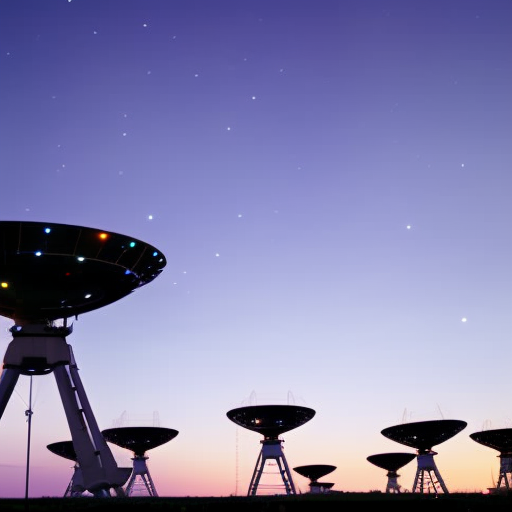Spectroscopy:
Spectroscopy is a scientific technique used to study the interaction between matter and electromagnetic radiation. It involves the measurement of the intensity and wavelength of light that is absorbed, emitted, or scattered by a sample. Spectroscopy has applications in various fields, including chemistry, physics, biology, and astronomy.
Types of Spectroscopy:
There are several types of spectroscopy techniques, each with its own principles and applications. Some of the most commonly used types include:
1. UV-Visible Spectroscopy: This technique involves the measurement of the absorption or reflection of ultraviolet (UV) and visible light by a sample. It is commonly used to determine the concentration of a substance in a solution or to study the electronic structure of molecules.
2. Infrared Spectroscopy: Infrared (IR) spectroscopy measures the absorption, transmission, and reflection of infrared light by a sample. It is used to identify functional groups in organic compounds and to analyze the composition of complex mixtures.
3. Raman Spectroscopy: Raman spectroscopy involves the measurement of the scattering of light by a sample. It provides information about the vibrational and rotational modes of molecules, allowing for the identification of chemical compounds and the study of molecular structure.
4. Nuclear Magnetic Resonance (NMR) Spectroscopy: NMR spectroscopy is based on the interaction between atomic nuclei and a magnetic field. It is used to determine the structure and composition of organic compounds, as well as to study the dynamics of biological molecules.
5. Mass Spectrometry: Mass spectrometry measures the mass-to-charge ratio of ions produced from a sample. It is used to determine the molecular weight and structure of compounds, as well as to identify unknown substances.
Applications of Spectroscopy:
Spectroscopy has a wide range of applications in various scientific disciplines:
1. Chemistry: Spectroscopy is extensively used in chemistry to analyze the composition, structure, and properties of substances. It is used for quantitative analysis, identification of unknown compounds, and monitoring chemical reactions.
2. Pharmaceuticals: Spectroscopy is crucial in the pharmaceutical industry for drug development and quality control. It is used to analyze the purity and stability of drugs, as well as to study drug interactions with biological molecules.
3. Environmental Science: Spectroscopy is used to study the composition of air, water, and soil samples, helping to monitor pollution levels and identify contaminants.
4. Astronomy: Spectroscopy plays a vital role in astronomy by providing information about the composition, temperature, and motion of celestial objects. It is used to study the chemical composition of stars, galaxies, and interstellar matter.
5. Biological Research: Spectroscopy is used in biological research to study the structure and function of biomolecules such as proteins, nucleic acids, and lipids. It helps in understanding biological processes and diseases at the molecular level.
Advancements in Spectroscopy:
Advancements in technology have led to significant improvements in spectroscopy techniques. Some notable advancements include:
1. Laser Spectroscopy: The development of powerful and tunable lasers has revolutionized spectroscopy. Laser spectroscopy allows for precise control of the excitation energy and provides high-resolution spectra.
2. Time-Resolved Spectroscopy: Time-resolved spectroscopy techniques enable the study of fast chemical reactions and dynamic processes. They provide information about the timescales and mechanisms of molecular events.
3. Imaging Spectroscopy: Imaging spectroscopy combines spectroscopy with imaging techniques, allowing for the spatial mapping of chemical composition. It is used in medical imaging, remote sensing, and materials science.
4. Surface-Enhanced Raman Spectroscopy (SERS): SERS enhances the Raman signal by several orders of magnitude, enabling the detection of trace amounts of substances. It has applications in forensic analysis, environmental monitoring, and bioassays.
In conclusion, spectroscopy is a versatile scientific technique used to study the interaction between matter and electromagnetic radiation. It has numerous applications in various fields and has seen significant advancements in recent years. Spectroscopy continues to play a crucial role in advancing our understanding of the physical, chemical, and biological world.












